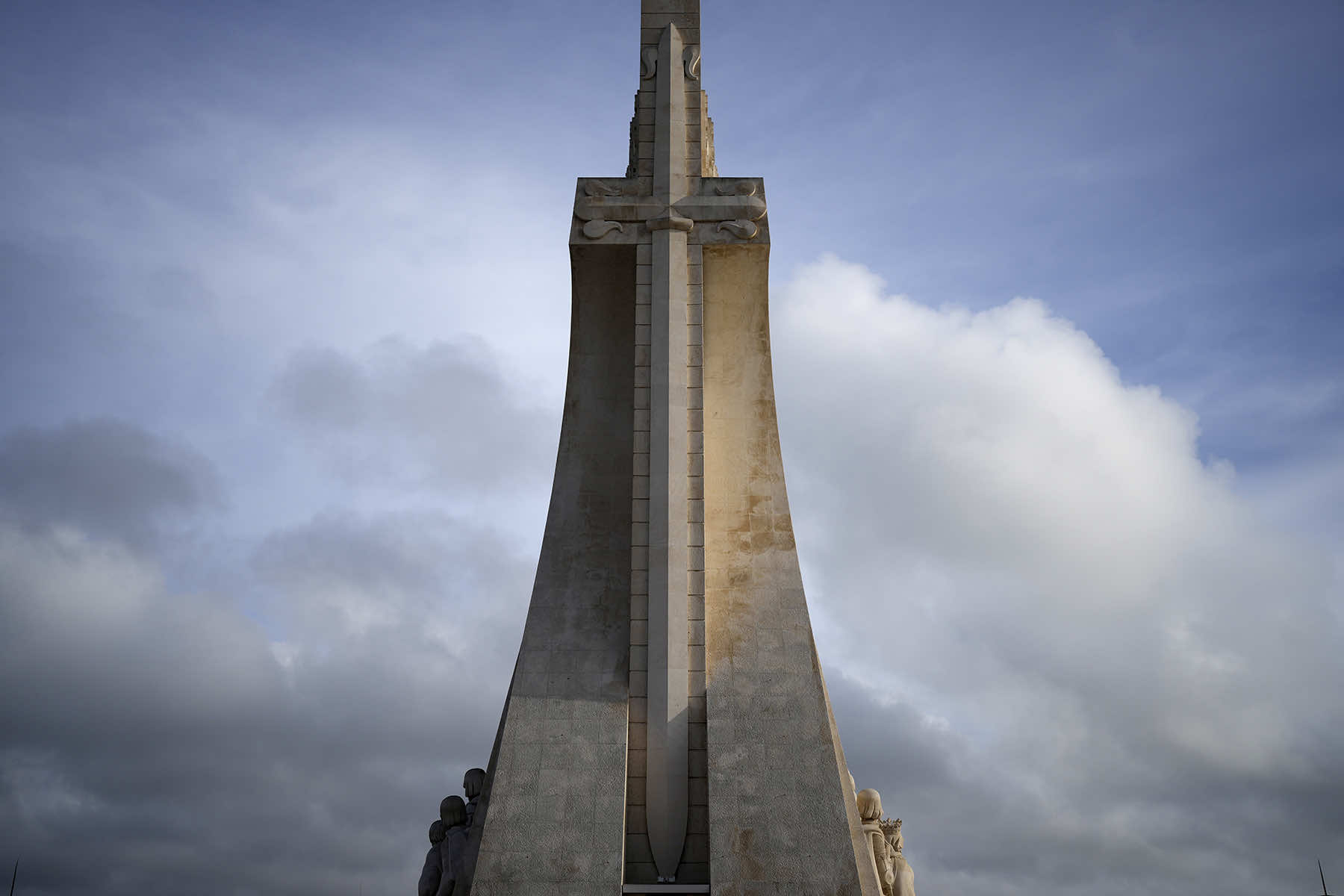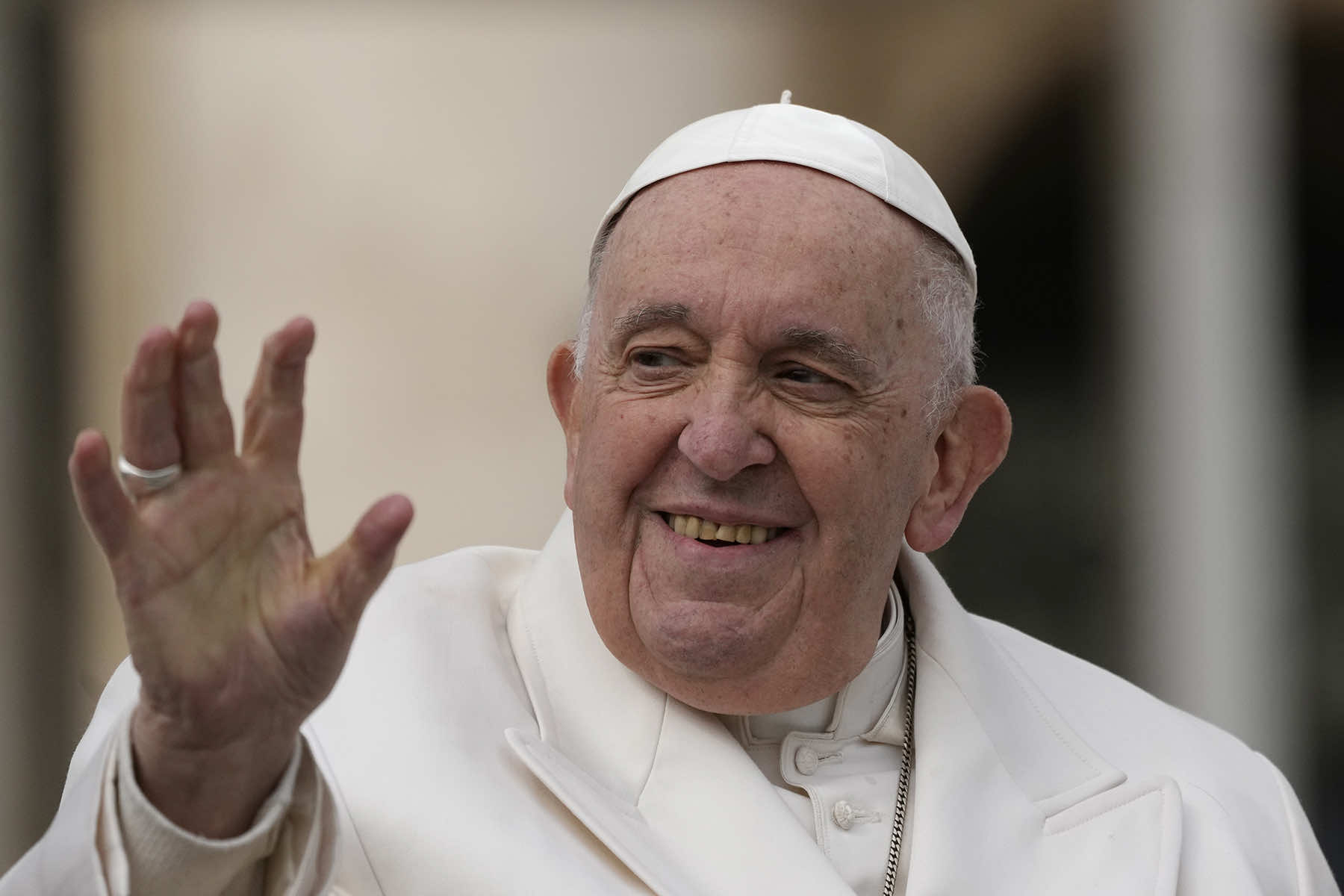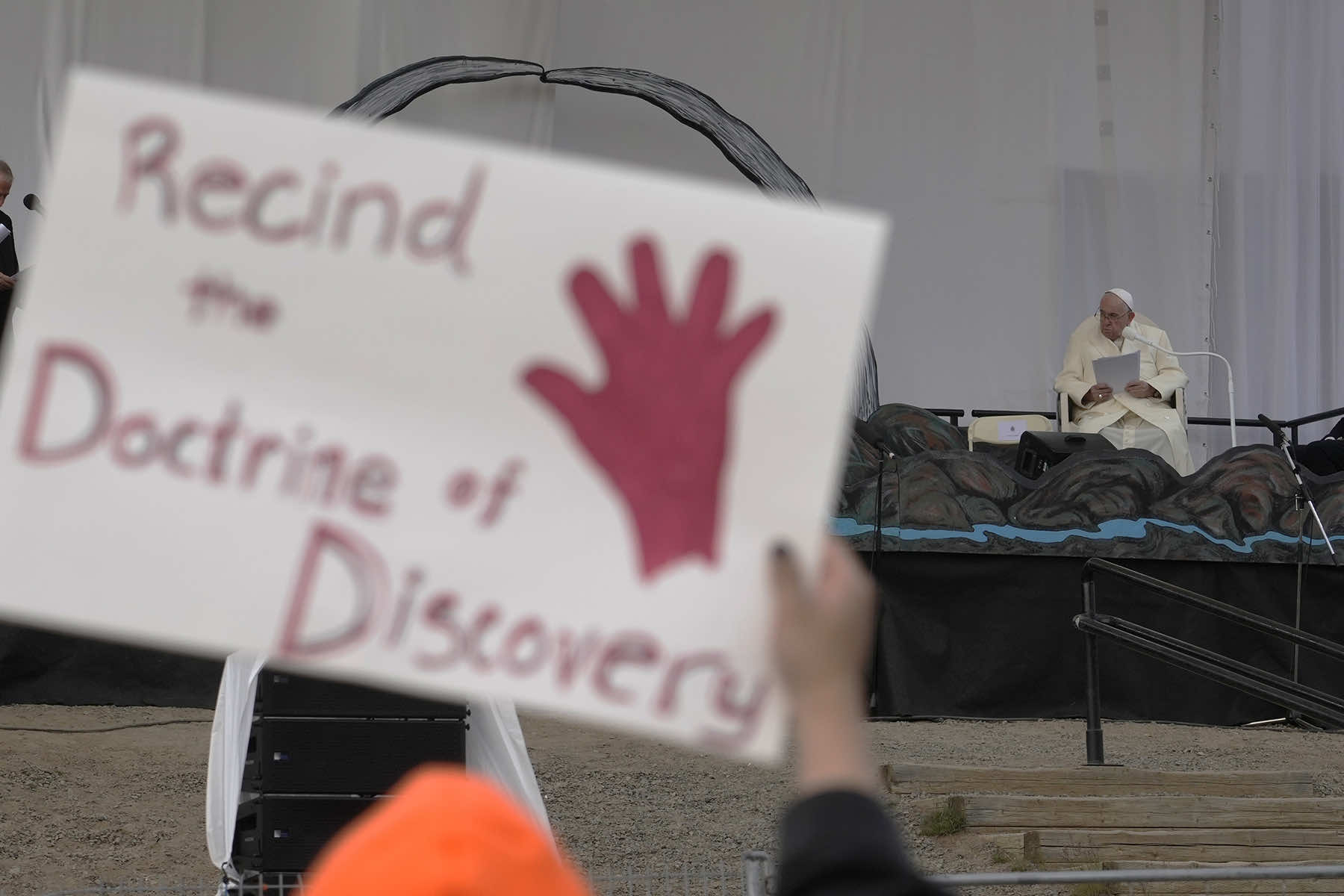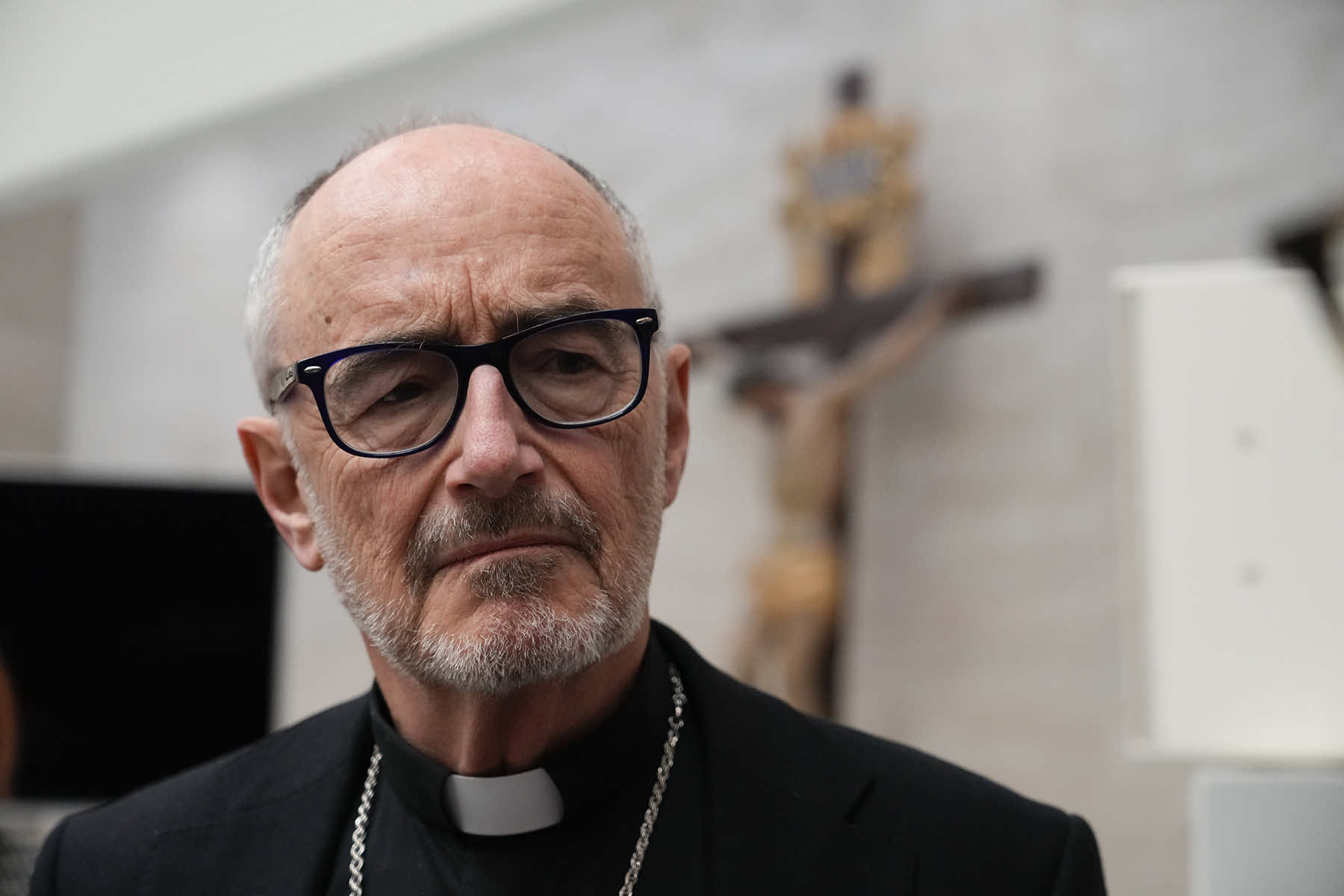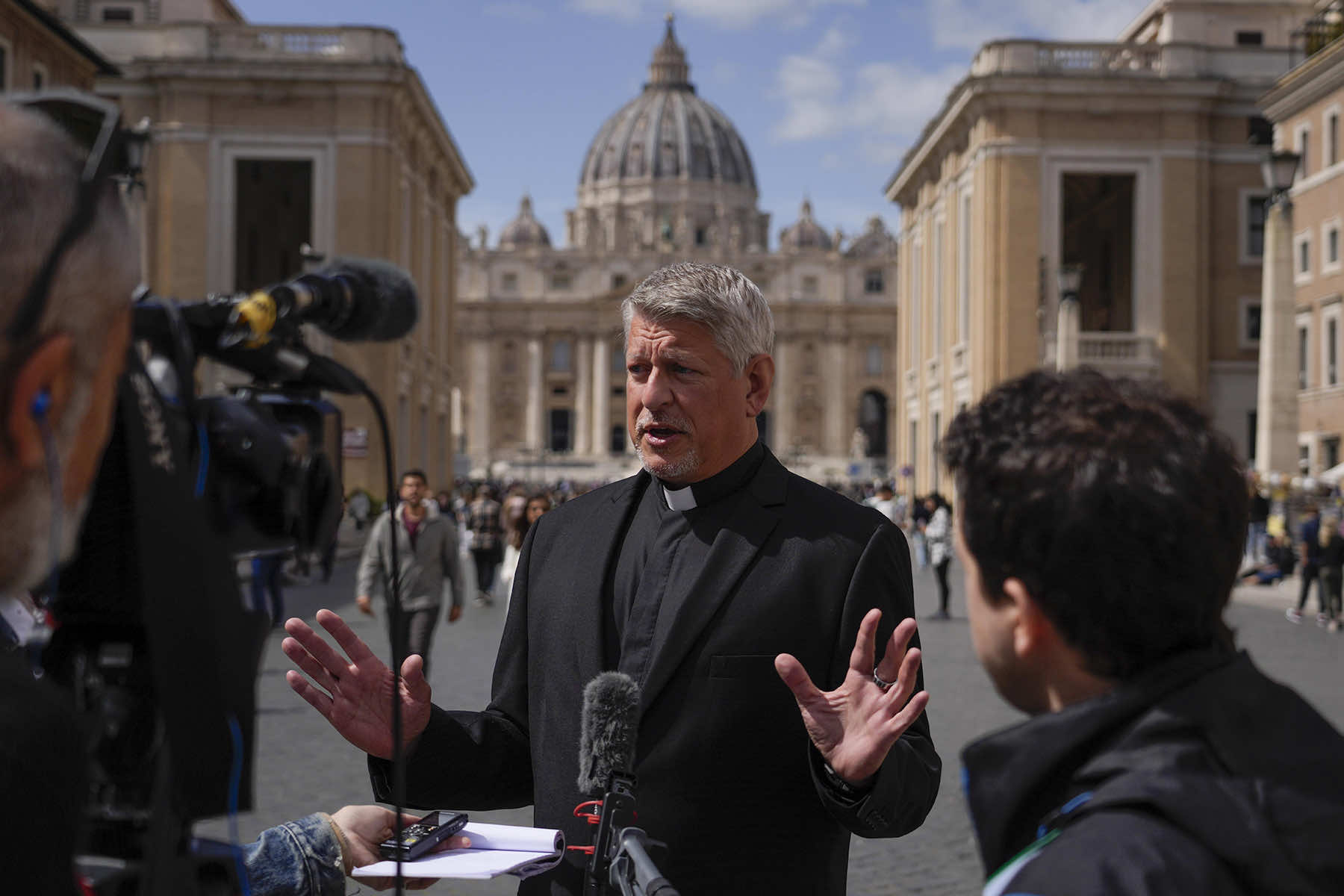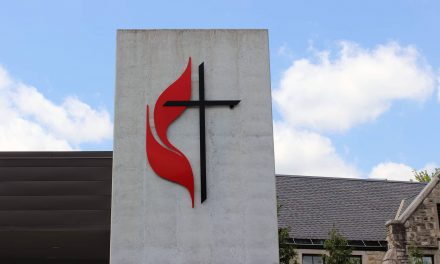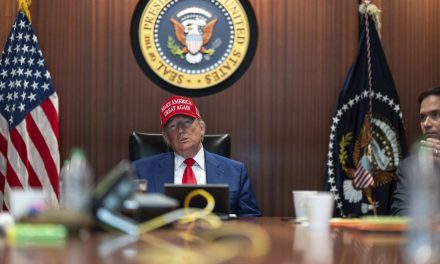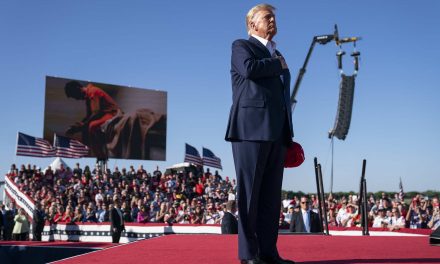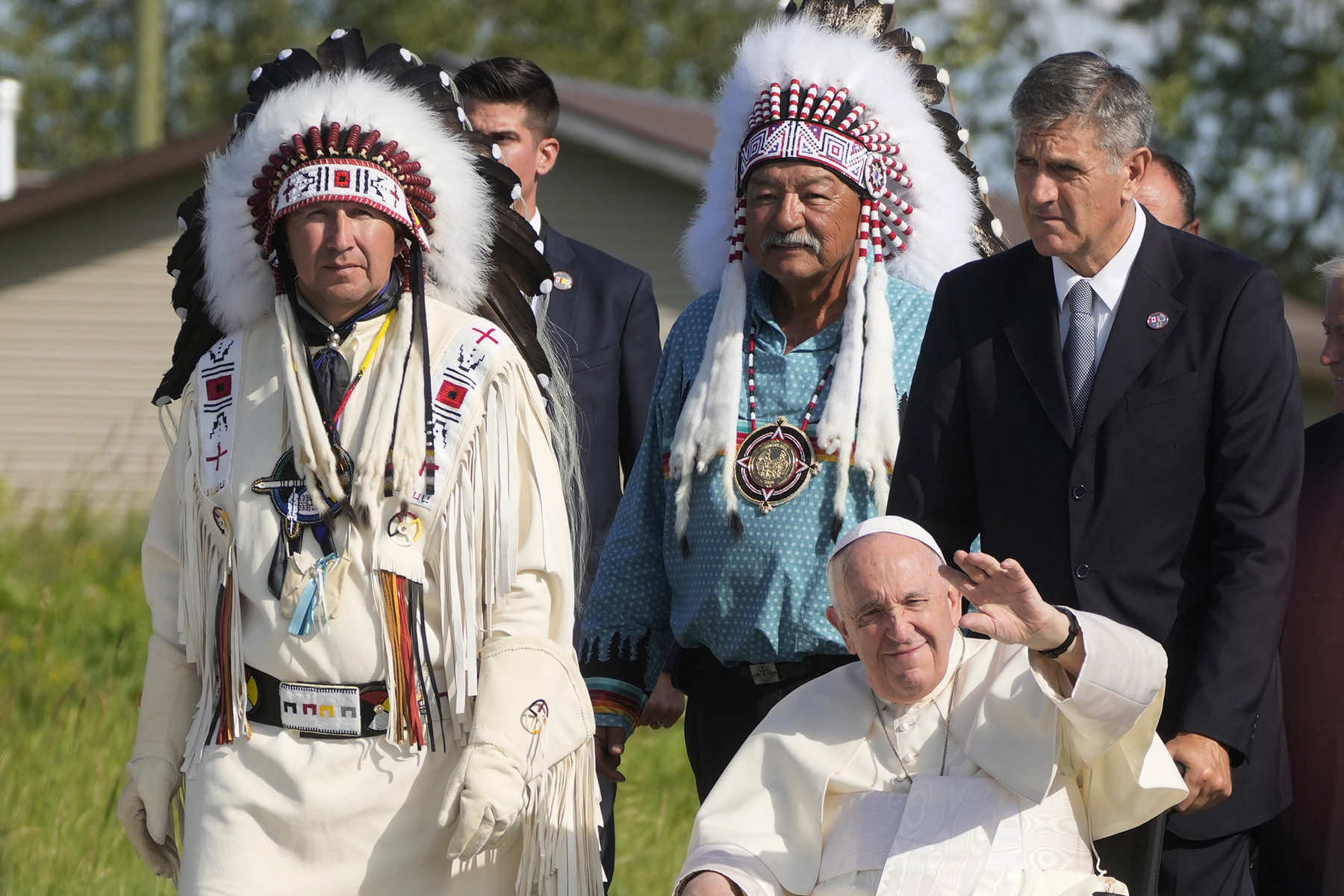
The Vatican responded to Indigenous demands and formally repudiated the “Doctrine of Discovery,” the theories backed by 15th-century “papal bulls” that legitimized the colonial-era seizure of Native lands and form the basis of some property laws today.
A Vatican statement on March 30 said the papal bulls, or decrees, “did not adequately reflect the equal dignity and rights of Indigenous peoples” and have never been considered expressions of the Catholic faith.
The statement, from the Vatican’s development and education offices, marked a historic recognition of the Vatican’s own complicity in colonial-era abuses committed by European powers. It was issued under history’s first Latin American pontiff, who was hospitalized Thursday with a respiratory infection, exactly one year after Francis met at the Vatican with Indigenous leaders from Canada who raised the issue.
On March 30, these Indigenous leaders welcomed the statement as a first good step, even though it didn’t address the rescinding of the bulls themselves and continued to take distance from acknowledging actual Vatican culpability in abuses. The statement said the papal documents had been “manipulated” for political purposes by competing colonial powers “to justify immoral acts against Indigenous peoples that were carried out, at times, without opposition from ecclesial authorities.”
It said it was right to “recognize these errors,” acknowledge the terrible effects of colonial-era assimilation policies on Indigenous peoples and ask for their forgiveness.
The statement was a response to decades of Indigenous demands for the Vatican to formally rescind the papal bulls that provided the Portuguese and Spanish kingdoms the religious backing to expand their territories in Africa and the Americas for the sake of spreading Christianity.
Those decrees underpin the “Doctrine of Discovery,” a legal concept coined in a 1823 U.S. Supreme Court decision that has come to be understood as meaning that ownership and sovereignty over land passed to Europeans because they “discovered” it.
It was cited as recently as a 2005 Supreme Court decision involving the Oneida Indian Nation written by the late Justice Ruth Bader Ginsburg.
During Pope Francis’ 2022 visit to Canada, where he apologized to Indigenous peoples for the residential school system that forcibly removed Native children from their homes, he was met with demands for a formal repudiation of the papal bulls.
Two Indigenous women unfurled a banner at the altar of the National Shrine of Sainte-Anne-de-Beaupré on July 29 that read: “Rescind the Doctrine” in bright red and black letters.
Before that, Michelle Schenandoah of the Oneida Nation had called for the Vatican to rescind the papal bulls when she delivered the closing remarks of the First Nations delegation that met with Francis during a weeklong visit last year by Native groups from Canada. She called the Vatican statement “another step in the right direction,” but noted that it didn’t mention the rescinding of the bulls themselves.
“I think what this does is it really puts the responsibility on nation states such as the United States, to look at its use of the Doctrine of Discovery,” she said in a interview from Syracuse, New York, where she is a professor of Indigenous law at Syracuse University’s College of Law. “This goes beyond land. It really has created generation upon generation of genocidal policies directed towards Indigenous peoples. And I think that it’s time for these governments to take full accountability for their actions.”
In the statement, the Vatican said: “The Catholic Church therefore repudiates those concepts that fail to recognize the inherent human rights of Indigenous peoples, including what has become known as the legal and political ‘doctrine of discovery.'”
Phil Fontaine, a former national chief of the Assembly of First Nations in Canada who was also part of the First Nations delegation that met with Francis at the Vatican, said the statement was “wonderful,” resolved an outstanding issue and now puts the matter to civil authorities to revise property laws that cite the doctrine.
“The church has done one thing, as it said it would do, for the Holy Father. Now the ball is in the court of governments, the United States and in Canada, but particularly in the United States where the doctrine is embedded in the law,” he told The Associated Press.
The Vatican offered no evidence that the three papal bulls (Dum Diversas in 1452, Romanus Pontifex in 1455 and Inter Caetera in 1493) had themselves been formally abrogated, rescinded or rejected, as Vatican officials have often said. But it cited a subsequent bull, Sublimis Deus in 1537, that reaffirmed that Indigenous peoples shouldn’t be deprived of their liberty or the possession of their property, and were not to be enslaved.
Cardinal Michael Czerny, the Canadian Jesuit whose office co-authored the statement, stressed that the original bulls had long ago been abrogated and that the use of the term “doctrine” — which in this case is a legal term, not a religious one — had led to centuries of confusion about the church’s role.
The original bulls, he said, “are being treated as if they were teaching, magisterial or doctrinal documents, and they are an ad hoc political move. And I think to solemnly repudiate an ad hoc political move is to generate more confusion than clarity.”
He stressed that the statement wasn’t just about setting the historical record straight, but “to discover, identify, analyze and try to overcome what we can only call the enduring effects of colonialism today.”
It was significant that the repudiation of the “Doctrine of Discovery” came during the pontificate of history’s first Latin American pope. Even before the Canadian trip, the Argentine pope had apologized to Native peoples in Bolivia in 2015 for the crimes of the colonial-era conquest of the Americas.
Felix Hoehn, a property and administrative law professor at the University of Saskatchewan, said the Vatican statement would have no legal bearing on land claims in Canada today, but would have symbolic value.
“The most that any papal repudiation of the doctrine (or the bulls, for that matter) can do in relation to Canadian law is to apply pressure on the Supreme Court of Canada to renounce the doctrine as part of Canadian law,” he said.
Beyond that, though, is the hope that the statement could show that the Catholic Church wants to be an ally with Indigenous peoples as they fight for their human rights and their land, and to protect it, said the Rev. David McCallum, an American Jesuit who has worked with Indigenous peoples in the Syracuse area and was consulted during the drafting of the statement.
“So now for the church to not only acknowledge the damage, but also to repudiate the whole mindset of cultural superiority, of racial superiority to, in a sense, renounce that whole way of thinking and say that forever forward the church wants to be an active ally in protecting Indigenous human rights along with all human rights, I think it’s a big statement,” he said.
WHAT DID THE VATICAN DO?
Its statement said the 15th century papal decrees “did not adequately reflect the equal dignity and rights of Indigenous peoples” and have never been considered expressions of the Catholic faith. In effect, it marked a historic recognition of the Vatican’s own complicity in colonial-era abuses committed by European powers.
The statement was a response to decades of Indigenous demands for the Vatican to formally rescind the papal bulls that provided the Portuguese and Spanish kingdoms the religious backing to expand their territories in Africa and the Americas for the sake of spreading Christianity.
During Pope Francis’ 2022 visit to Canada, where he apologized to Indigenous peoples for the residential school system that forcibly removed Native children from their homes, he was met with demands for a formal repudiation of the papal bulls.
REACTION:
The Vatican statement was hailed as “wonderful” by Phil Fontaine, a former national chief of the Assembly of First Nations in Canada who was part of a delegation that met with Francis at the Vatican before the trip and then accompanied him throughout. He said it was now up to government authorities in the U.S. and Canada to revise property laws that cite the doctrine.
Michelle Schenandoah of the Oneida Nation, also part of the Indigenous delegation that met with Francis, called the statement “another step in the right direction.”
“But I do think it has to go further,” she said in a interview from Syracuse, New York, where she is a professor of Indigenous law at Syracuse University’s College of Law.
“It’s not just about lands, but it’s about people and culture and taking accountability for genocide that has been committed against Indigenous peoples in the Americas.”
Archbishop Donald Bolenof of Regina, Saskatchewan, said the Vatican statement “is not an end point.”
“It’s a little step along the way,” he said. “Relationships on a local level are really where we need to make progress.
HISTORY:
Though the “Doctrine of Discovery” was written hundreds of years ago, it has remained an important legal concept in Canada, as noted by the Canadian Museum for Human Rights:
“Both French and English colonial powers in what would later be known as Canada used the Doctrine of Discovery to claim Indigenous lands and force their cultural and religious beliefs on Indigenous peoples,” says a museum document. “It denies the validity of longstanding systems of Indigenous governance and sovereignty.”
“The racist assumption of superiority and dominance embodied in the Doctrine of Discovery underpins many aspects of Canada’s colonial history,” said the museum, citing as an example the system of boarding schools for Indigenous Canadians that led to widespread abuses.
BOARDING SCHOOLS:
Catholic as well as Protestant churches collaborated with the U.S. and Canadian governments in operating residential schools where generations of children were severed from their families, cultures, languages and religions and pressured to assimilate into the dominant white, Christian culture with its European heritage and languages.
Survivors of the Catholic schools in both countries have described cases of horrific abuse and neglect at the schools, many of which were unsanitary and fire traps, according to recent government fact-finding reports in both countries. Religious orders have also apologized for their roles in it.
In Canada, a 2015 Truth and Reconciliation Commission report identified 139 schools, the majority-Catholic-run, where about 150,000 students were sent in the 19th and 20th centuries.
At least 84 boarding schools in the U.S. were run by Catholics and their religious orders, according to a report by the National Native American Boarding School Healing Coalition. Protestants had a similar number, while the majority were government-run.
Maka Black Elk, executive director for Truth and Healing at Red Cloud Indian School in South Dakota, described the Vatican statement as momentous.
“It’s historic, it’s necessary in the ongoing and incomplete work towards reconciliation and healing,” said Black Elk. He has been overseeing a multi-year process in which the Catholic school — led by the Jesuit religious order but with increased emphasis on Lakota leadership, culture and language — has confronted its history as a boarding school.
REPARATIONS:
Over recent years, as Catholic leaders became more forthcoming with apologies for historic mistreatment of Indigenous and Black people, there have been numerous demands for the church to make reparations.
The Vatican has left decisions on this matter to be made on a decentralized basis, and responses have varied.
In Canada — as part of a lawsuit settlement involving the government, churches and approximately 90,000 boarding school survivors — the Canadian Conference of Catholic Bishops has set a target of collecting 30 million Canadian dollars over five years for reparations.
The U.S. Conference of Catholic Bishops has not embraced the term “reparations” in its official policies, and has left decisions on financial settlements to individual institutions, not to the U.S. church as a whole.
In 2021, the U.S. branch of the Jesuits pledged to raise $100 million for a reconciliation initiative in partnership with descendants of people once enslaved by the Catholic order. Separately, Georgetown University, which was founded by the Jesuits, pledged an extensive fund-raising campaign to benefit descendants of people enslaved by the order.
ARTWORKS:
The Vatican’s Anima Mundi Ethnological Museum houses tens of thousands of artifacts and art made by Indigenous peoples from around the world, much of it sent to Rome by Catholic missionaries for a 1925 exhibition in the Vatican gardens.
The Vatican says the feathered headdresses, carved walrus tusks, masks and embroidered animal skins were gifts to Pope Pius XI, who wanted to celebrate the Church’s global reach, its missionaries and the lives of the Indigenous peoples they evangelized.
But Indigenous groups from Canada, who saw a few items in the collection when they traveled to the Vatican last year to meet with Francis, question how some of the works were actually acquired. Some are insisting that the artworks be returned to Canada.

